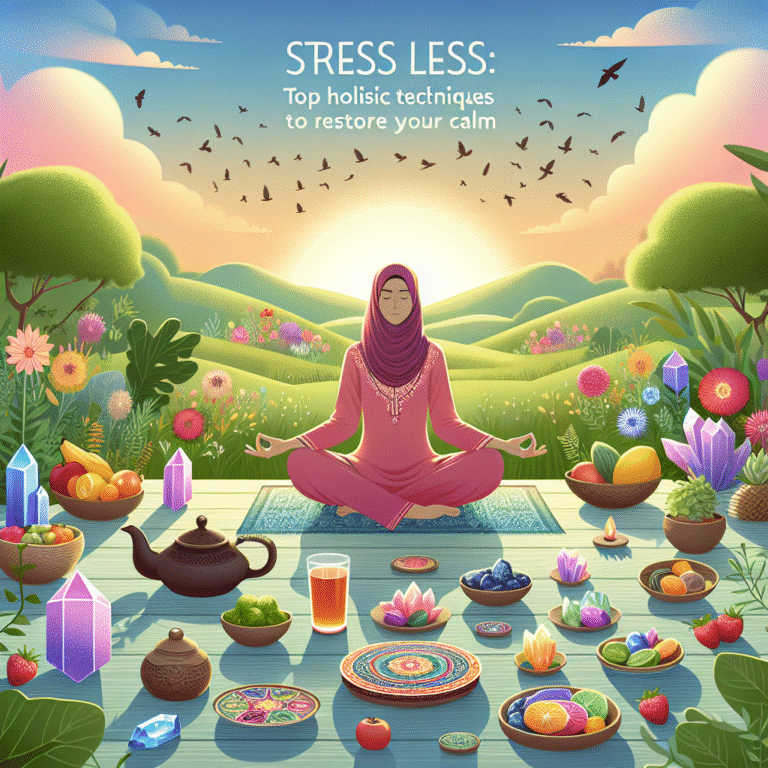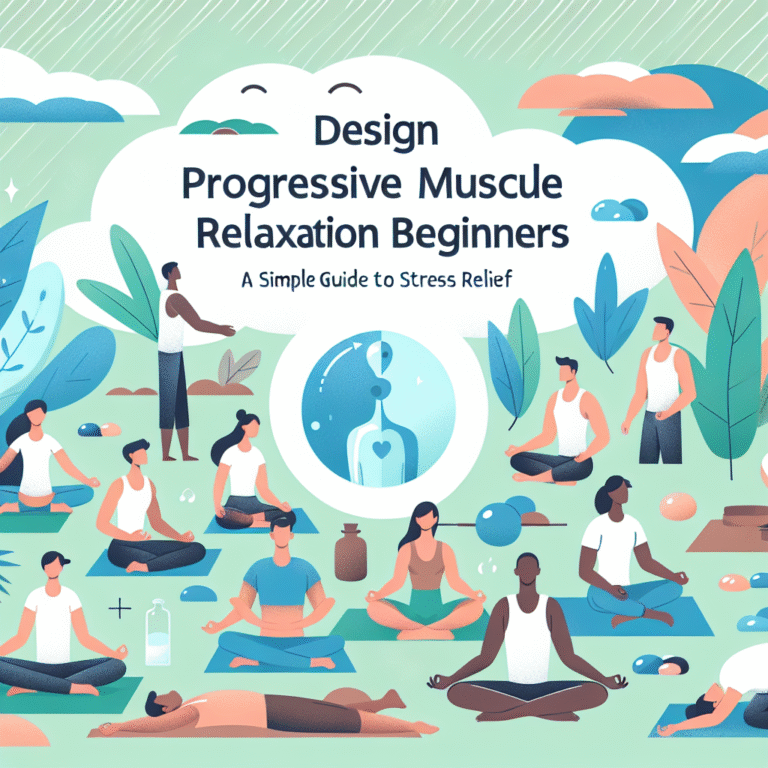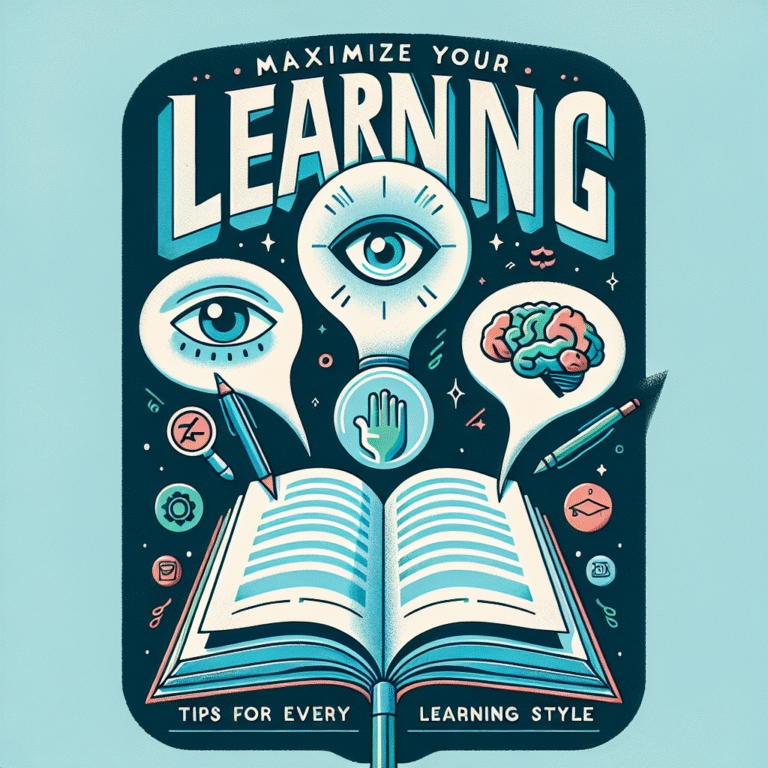
Harnessing the Power of PMR: Techniques for Better Sleep and Relaxation
Introduction
In today’s fast-paced world, achieving restful sleep and relaxation can feel like an unattainable goal. Stress, anxiety, and endless to-do lists often keep our minds racing long into the night. Thankfully, there is a treasure trove of techniques that can help us reclaim our peace of mind, one of which is Progressive Muscle Relaxation (PMR). Harnessing the Power of PMR: Techniques for Better Sleep and Relaxation offers an extraordinary opportunity to unwind, sleep better, and improve overall well-being. This article will guide you through PMR, illuminating its benefits, real-world applications, and actionable techniques to incorporate into your nightly routine.
Understanding Progressive Muscle Relaxation (PMR)
What is PMR?
Progressive Muscle Relaxation is a systematic technique that focuses on tensing and then relaxing different muscle groups in the body. Developed by American physician Edmund Jacobson in the 1920s, PMR emphasizes the connection between the mind and body. When we experience stress, our muscles tense up, leading to physical discomfort and mental unease. By consciously relaxing muscle groups, we can alleviate tension and cultivate a sense of tranquility.
How Does PMR Work?
PMR works on the premise that the body responds to tranquility through reduced muscle tension. By systematically tensing and releasing muscle groups, you enhance your awareness of physical sensations, promoting relaxation and clarity. As you practice, your body learns to differentiate between tension and relaxation, thereby reducing stress levels over time. This technique not only improves your sleep quality but also helps you develop emotional resilience.
The Science Behind PMR and Sleep
The Stress Response and Sleep Disruption
Research shows that stress can lead to sleep disruptions by triggering the body’s fight-or-flight response, which elevates heart rates and hinders relaxation. PMR counters this by signaling the body to activate its relaxation response, which promotes a calm mental state conducive to sleep.
Table 1: Sleep Disruptors and the Benefits of PMR
| Sleep Disruptor | Conventional Treatments | PMR Benefits |
|---|---|---|
| Anxiety | Medication, Therapy | Reduces muscle tension and anxiety |
| Stress | Relaxation Techniques | Lowers heart rate and calms mind |
| Poor Sleep Hygiene | Sleep Aids | Establishes a more restful routine |
| Overactive Mind | Mindfulness, Meditation | Focuses on bodily awareness |
Techniques for Harnessing the Power of PMR
Step-by-Step Guide to Practicing PMR
Step 1: Find a Quiet Space
Select a comfortable and quiet environment where you can relax without interruptions.
Step 2: Get Comfortable
Position yourself in a chair or lie down. Close your eyes and take slow, deep breaths.
Step 3: Begin with Foot Muscles
Focus on your feet. Tense the muscles by curling your toes for 5 seconds, then release while focusing on the relaxation.
Step 4: Work Your Way Up
Gradually move up your body, repeating the tensing and relaxing process for your calves, thighs, abdomen, arms, shoulders, neck, and face.
Step 5: Breathe
Throughout the process, breathe deeply and evenly, allowing your body to relax further with each exhalation.
Step 6: Visualization
After completing the muscle release, visualize a peaceful scene that embodies relaxation, such as a beach or a tranquil forest.
Tailoring PMR to Your Needs
Adapting PMR for Your Sleep Routine
Integrating PMR into your nightly routine can create a soothing bedtime habit.
- Set a Schedule: Choose a specific time each night to practice PMR, signaling to your body that it’s time to unwind.
- Limit Screen Time: Reduce exposure to screens an hour before sleeping to engage more fully in the relaxation practice.
- Create a Relaxation Space: Designate a peaceful area with calming fragrances, soft lighting, and comfortable pillows.
PMR Tailored for Anxiety Management
Incorporating PMR techniques throughout the day can help manage anxiety. Whenever you feel overwhelmed, take a moment to engage in quick PMR sessions targeting specific muscle groups.
Case Studies Illustrating PMR in Action
Case Study 1: Sarah’s Journey to Better Sleep
Sarah, a 35-year-old working mother, struggled with insomnia and anxiety. Upon learning about PMR, she dedicated 10 minutes each night to the technique. Over four weeks, she reported a significant reduction in nightly awakenings and an improvement in sleep quality. By harnessing the power of PMR, Sarah created a calming bedtime ritual that transformed her sleep patterns.
Analysis: Sarah’s experience demonstrates how consistent PMR practice leads to enhanced nighttime tranquility, emphasizing its effectiveness for insomnia.
Case Study 2: Tom’s Stress Management
Tom, a 42-year-old executive, often found himself restless due to work-related stress. After incorporating PMR into his lunch breaks, he noticed a marked decrease in muscle tension and increased focus. Tom successfully utilized PMR as a tool to curb workplace stress.
Analysis: Tom’s use of PMR as a stress management tool showcases its versatility beyond nighttime routines, making it a valuable technique for daily life.
The Extended Benefits of PMR
Improved Overall Well-Being
Research indicates that practicing PMR can yield long-term benefits beyond just better sleep. Individuals often report increased emotional well-being, improved focus, and enhanced relationships. Additionally, patients with chronic pain conditions find PMR to be a beneficial way to reduce discomfort.
PMR as a Complementary Technique
PMR can be combined with other relaxation techniques, such as mindfulness and deep-breathing exercises. Integrating these practices can produce even more profound effects, leading to holistic improvement in mental and physical health.
Best Practices for Maximum Effectiveness
- Consistency is Key: Make PMR a part of your daily routine to develop a habit that maximizes benefits.
- Visualize Each Session: Always incorporate visualization techniques for deeper relaxation.
- Adapt Techniques: Tailor your approach based on what feels most comfortable for you.
Conclusion
Harnessing the Power of PMR: Techniques for Better Sleep and Relaxation offers a practical roadmap to improved mental health, relaxation, and sleep quality. Through the simple yet profound practice of PMR, you can empower yourself to navigate stress and cultivate a sense of calm. As you explore these techniques, feel confident that your journey to rest and relaxation is within your reach. The next time life feels overwhelming, remember to take a moment for yourself—breathe deeply, relax your muscles, and reclaim your peace.
FAQs Section
FAQ 1: How long should I practice PMR each night?
Answer: Aim for about 10-20 minutes for effective relaxation. Start with shorter sessions and gradually increase your practice time.
FAQ 2: Can PMR help with chronic pain?
Answer: Yes, many users find relief from chronic pain through PMR, as it promotes relaxation and reduces muscle tension.
FAQ 3: Is PMR suitable for everyone?
Answer: Yes, PMR can benefit most individuals. However, consult with a healthcare provider if you have specific medical concerns.
FAQ 4: Can I practice PMR during the day?
Answer: Absolutely! PMR can be effectively used throughout the day to manage stress and promote relaxation.
FAQ 5: What if I find it hard to concentrate during PMR?
Answer: It’s normal to have distractions. Focus on your breathing, and gently redirect your attention back to the practice when your mind wanders.
In conclusion, Harnessing the Power of PMR: Techniques for Better Sleep and Relaxation equips you with insightful, actionable tools to reclaim your peace. Embrace this journey and transform your sleep and relaxation experience today!
















